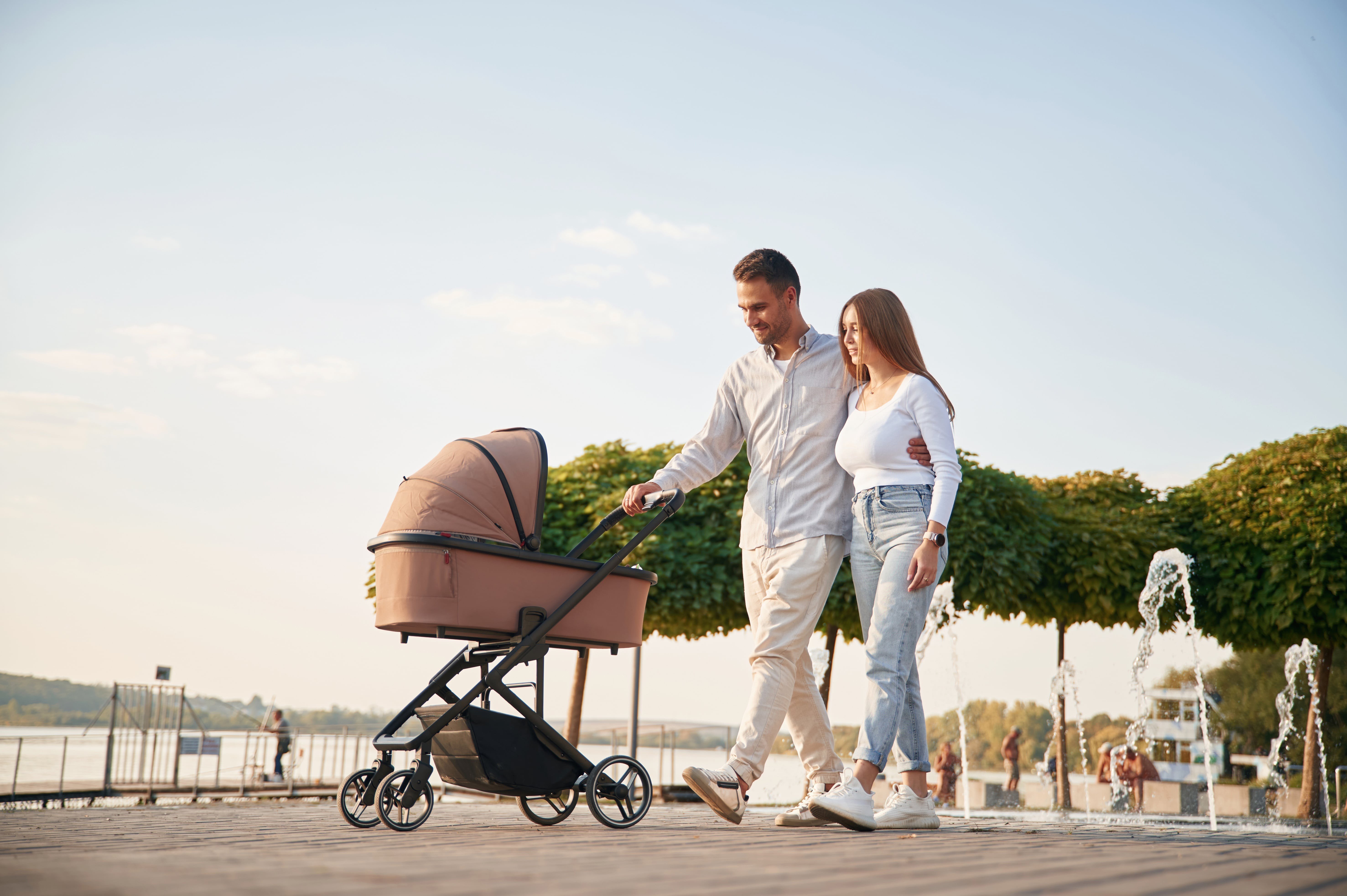Is Technology Making Pram And Pushchair Better Or Worse?
Prams and Pushchairs: A Comprehensive Guide for New Parents
Navigating parenthood involves a wide variety of decisions, among the most significant being the choice of an ideal pram or pushchair. These necessary products function as a sanctuary for babies and a way of transport for caregivers. Whether walking through the park or running errands, an excellent pram or pushchair can enhance the experience for both moms and dad and kid. This short article supplies a thorough take a look at the kinds of prams and pushchairs readily available, their features, and vital factors to consider to make before acquiring one.
Understanding Prams and Pushchairs
While the terms “pram” and “pushchair” are typically utilized interchangeably, they describe a little different products. Understanding the distinction can help in making an informed option.
Term
Description
Pram
Usually developed for babies, prams have a completely flat structure, permitting the baby to rest comfortably. They typically include a carrycot and appropriate for newborns approximately about six months old.
Pushchair
Designed for older babies and young children, pushchairs often have a more upright seating position. They are flexible and can usually be reclined or gotten used to deal with the child's development, beginning from around six months and extending to preschool age.
Types of Prams and Pushchairs
When picking a pram or pushchair, various designs will cater to different parenting requirements and way of lives. Here are the main types readily available on the marketplace:
Traditional Prams
- Timeless, classic designs with a tough carrycot.
- Suitable for newborns.
- Usually bulkier, appropriate for leisurely walks.
Pushchairs
- Lightweight and typically foldable, best for travel and quick outings.
- Can be front-facing or rear-facing.
- Include features like adjustable handlebars and reclining seats.
Travel Systems
- A mix of a safety seat and a pushchair.
- Hassle-free for car-to-pushchair transitions without interrupting the baby.
- Generally more pricey however worth thinking about for their multifunctionality.
Multi-Functional Strollers
- Deal different setups, enabling for a carrycot, sit-up seat, or cars and truck seat attachment.
- Adaptable as per the child's development and altering needs.
- Can often be utilized for several children with accessories.
Light-weight Strollers
- Ultra-portable, perfect for parents on the go.
- Easy to fold and bring.
- Generally suggested for older babies or toddlers.
Key Features to Consider
When choosing the ideal pram or pushchair, a few critical features should be considered:
Safety Features
- Look for a five-point harness system to protect the child.
- Models with braking systems that are easy to operate with the foot deal included safety.
Weight and Size
- Think about just how much weight the caretaker can handle, and the storage area offered.
- A light-weight design might supply simpler maneuverability, while a bulkier model may offer much better stability and durability.
Sturdiness and Material
- A frame made from top quality materials makes sure longevity.
- Weather-resistant materials can supply convenience and ease of cleaning.
Relieve of Folding
- Models that can be folded quickly and quickly are usually favored, particularly for parents who need to use public transportation or have restricted storage space.
Handling and Comfort
- Adjustable deals with can accommodate various heights, guaranteeing a comfortable push for all caretakers.
- Excellent suspension is necessary for smoother rides on irregular surface areas.
Preparing for the Purchase
Before purchasing, it's recommended to carry out thorough research study. The following steps will help brand-new moms and dads make an informed decision:
Define Your Needs
- Consider lifestyle factors such as travel frequency, urban vs. rural living, and storage space.
Budgeting
- Prams and pushchairs vary significantly in rate. Set an affordable budget plan, bearing in mind security and quality.
Test Drive
- Whenever possible, test the pram or pushchair. Take note of weight, maneuverability, and general convenience.
Parent and Baby Reviews
- Look for feedback from other moms and dads who have utilized the product. This can provide insights into real-world efficiency.
Inspect for Warranty
- A great service warranty can safeguard your financial investment and make sure longevity.
Frequently asked questions
Q1: At what age can a baby utilize a pushchair?Typically, babies can
_start using a pushchair around 6 months when they can hold their head up independently. Prior to that, a pram or carrycot is advised. Q2: Are travel systems worth the investment?Yes, travel systems can use excellent value for parents who need a smooth shift in between the
_cars and truck and stroller. They provide benefit and flexibility, especially for households who often travel. Q3: How long can you use a pushchair?Most pushchairs can be used until a child is around 3 to 4 years old, though some designs offer features for larger children. Q4: Do I require a new pram or pushchair for each child?If your existing design is in good condition and meets security requirements, there may be no requirement for a new one. Nevertheless, think about aspects like wear and tear, health, and progressing requirements. Selecting the best pram or pushchair is a crucial choice for any brand-new moms and dad. With source website of designs, types, and includes offered, moms and dads can find a model that matches their needs, way of life, and budget.__
By researching and understanding the distinctions between prams and pushchairs, moms and dads can make a confident and informed option that will offer the best, most practical experience for their child. As they embark on this amazing journey of being a parent, having the ideal transportation option can genuinely boost the experience of raising a kid. 